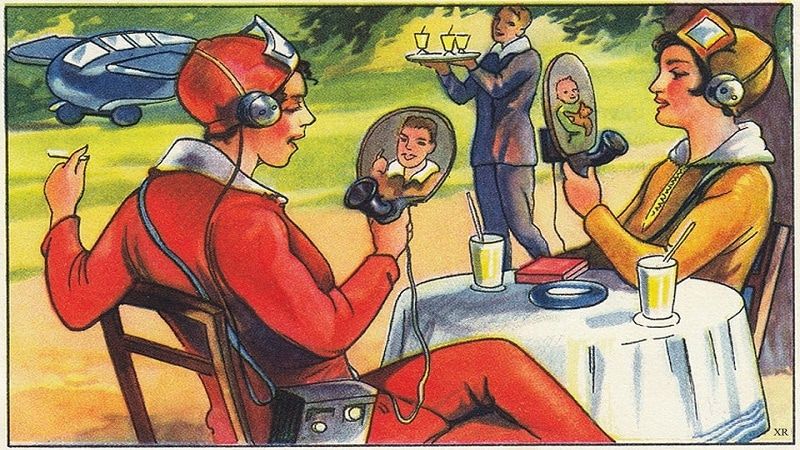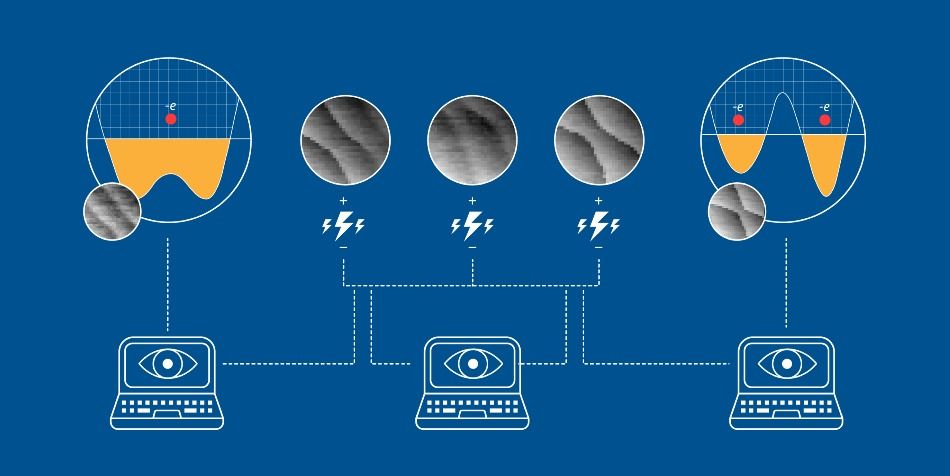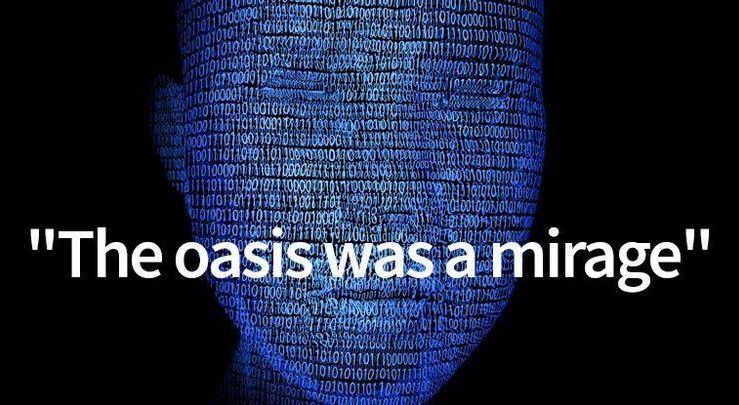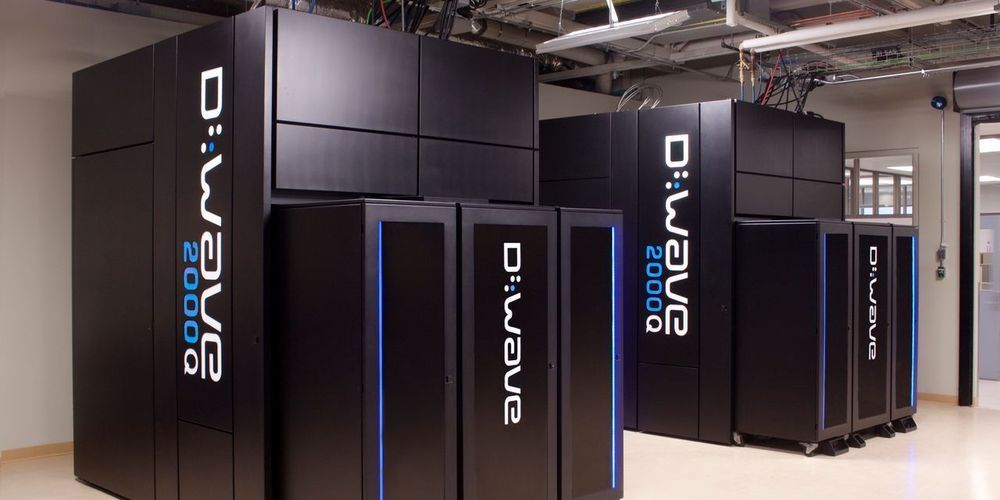Ai-Da is the world’s first ultra-realistic artist robot powered by AI and named after Ada Lovelace, the first female computer programmer in the world. She is a humanoid with human facial features and a robotic body created by the Oxfordians, a group of cutting-edge art and technology experts. Embedded with a groundbreaking algorithm, she has taken the scientific and art world by surprise, now becoming an intense subject of conversation in over 900 publications worldwide. She has already collaborated with Tate Exchange and WIRED at the Barbican, Ars Electronica, and will be performing at the Louvre Abu-Dhabi later this year.
Here, she discusses what it means to identify as a creative without a consciousness with Futurist Geraldine Wharry.








